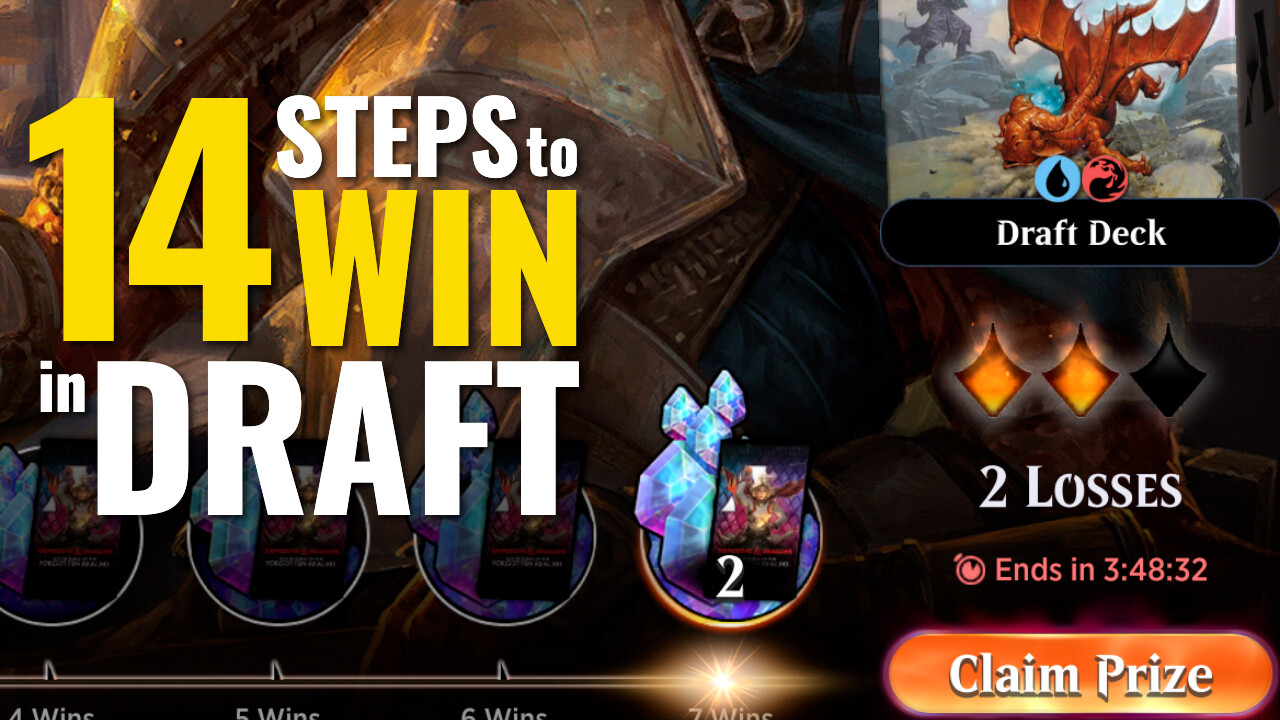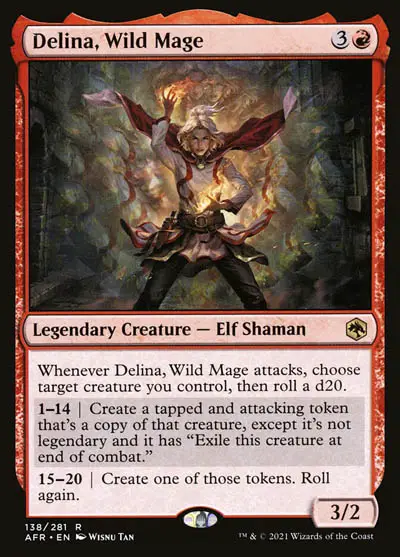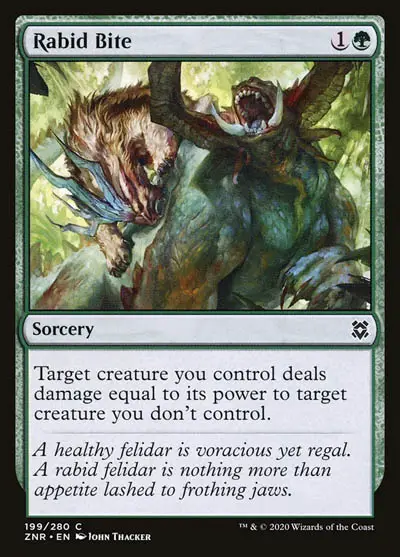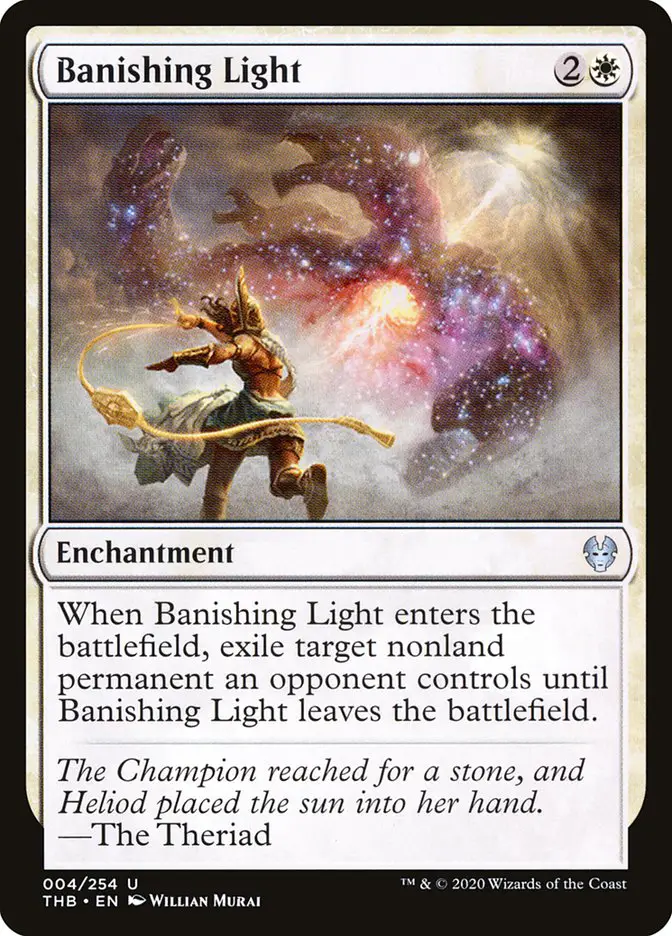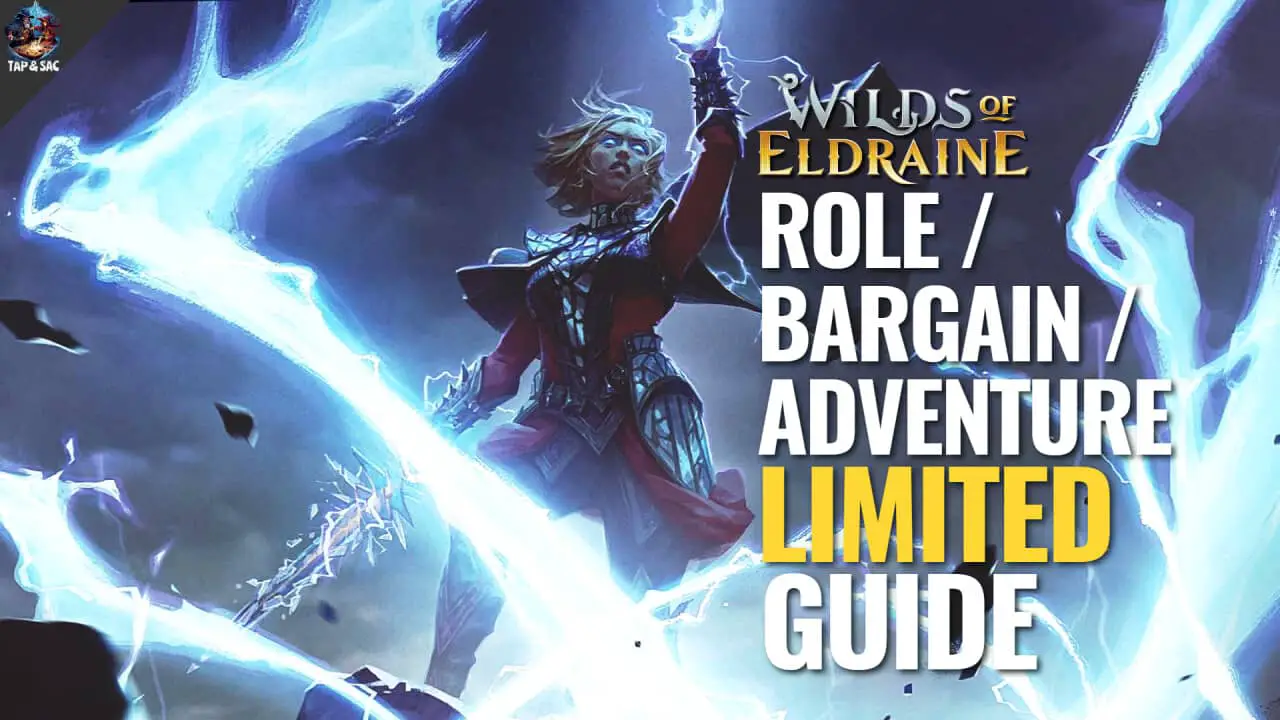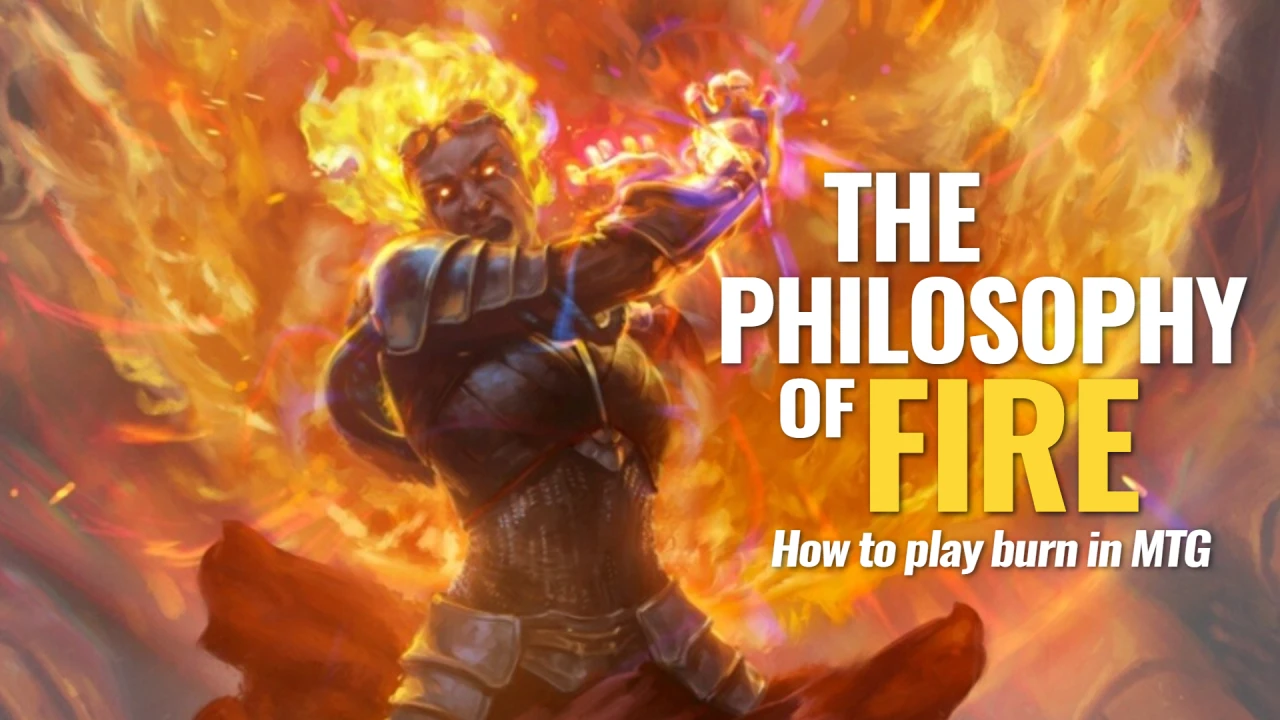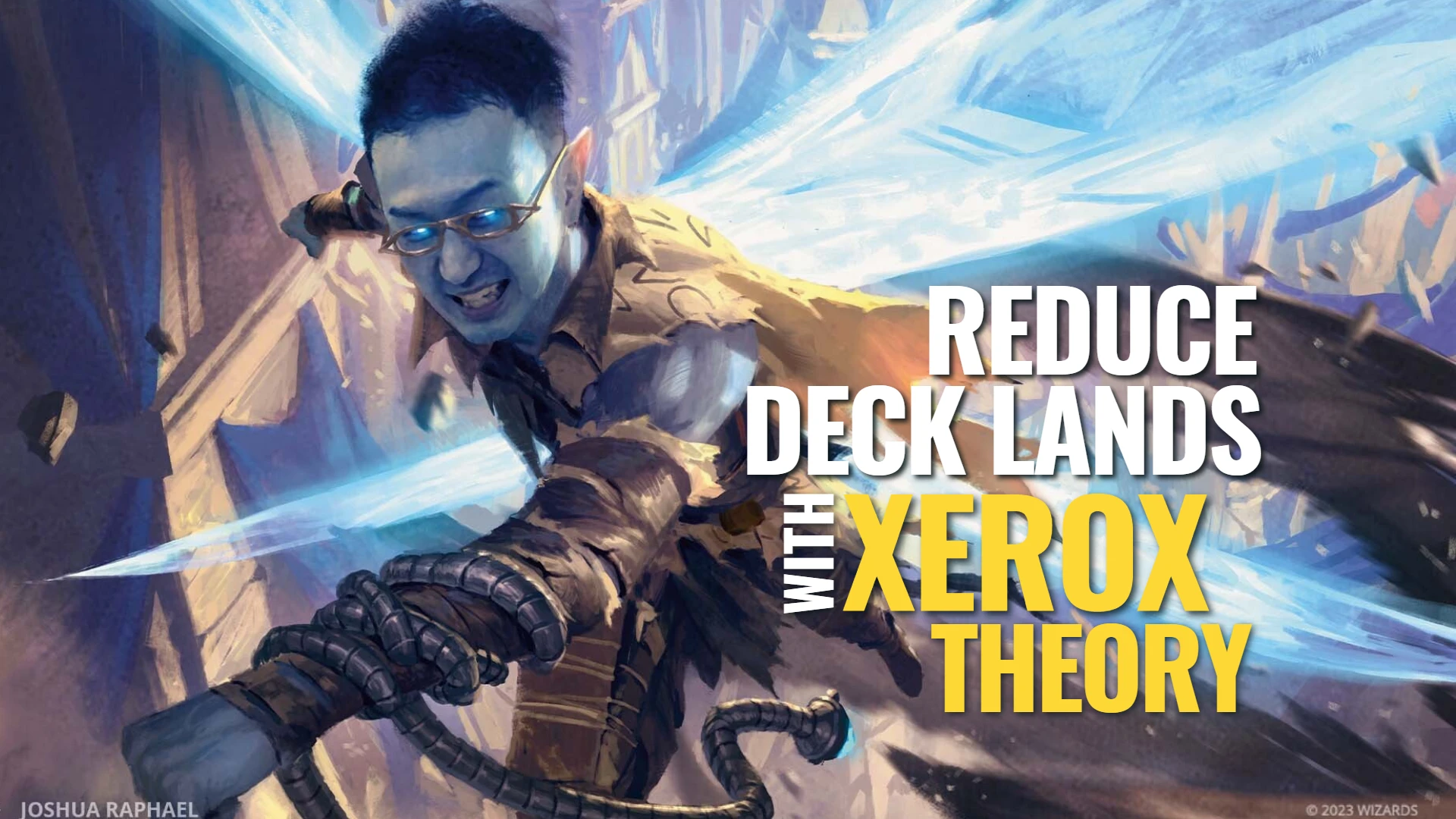Everyone struggles in Draft at some point. It’s not a format that one immediately gets good in, even if you’ve been playing regular Magic formats for years.
It took us a good amount of practice and painful learning to finally get that full 7 wins on Arena. For awhile it seemed impossible, but we eventually did it as a one-off, and now it happens more often. So combining our collective wisdom, Tap & Sac presents a step-by-step guide to winning in Magic Arena Draft. Follow these steps, and your path will be a lot smoother, and save you precious time learning from the same mistakes we made.
1. Know What is Draft – What Makes it Special?
Draft is a sub-format of Limited, and like its namesake it’s a process where a group of 8 players take turns to pick individual cards from 3 booster packs.
Since each booster pack has 15 cards (including Basic Lands), each player should end up with 45 cards to build their deck. Naturally there aren’t enough Basic Lands during the Draft to form a proper deck, so players are free to add as many Basic Lands as they want.
A Draft deck needs to have a minimum of 40 cards, so standard practice is to stick to 40 but there is no rule stopping you from going above that if you have trouble cutting cards. Generally, a 40-card deck runs 17 Lands which gives a 2.35 non-Land to Land ratio that should provide the best average chance of drawing the Lands you need.

What makes Draft special is that no two Draft games are exactly the same. Not only are you drafting different cards and building different deck, your opponents are doing the same too. That means there’s no sure-win formula that will always guarantee success.
In Arena, there are three types of Draft events – Traditional, Premier, and Quick.
Traditional is the closest you’ll get to paper Magic events. It is played with real players and matches are best-of-three, which means you need to win two games per opponent, and after the first game, you can substitute cards in and out from your Sideboard.
Premier Draft is a hybrid between Traditional and Quick. The Draft process is with real players and timed, but matches are best-of-one, hence there are generally no need for a Sideboard.
Quick Draft is the simplest of the three and in our opinion the best way for newer players to learn or practice the format. There is no timer in the drafting process and you are also drafting against computer bots, which usually do not make the best picks. All that means you get to build the most optimised deck possible and will increase your chance of winning games.
2. Learn the Set – Mechanics and Archetypes
Before going into a Draft, it’s very important to at least do a quick read through of all the cards in the set and what they do. This is important because you don’t want to go into a timed Draft (i.e. Premier or Traditional) and waste precious time reading what a card does.
Especially in the earlier picks, there could be tough decisions where two, or even three, cards are evenly matched in power and it’ll be up to you to make a decision. If no pre-draft homework was done, you’d be wasting a lot of time reading the cards and then doing an on-the-spot evaluation on whether a card is worth a pick.
Apart from reading the cards, you should also get familiar with the mechanics that will be prominent in that particular set. In modern Magic, each new release often revolves a couple of mechanics and this can lead to archetypes. For example, here are the mechanics and themes from the more recent sets:
Adventures in the Forgotten Realms – Roll a d20 die (a higher roll leads to better outcomes)
Strixhaven – Magecraft (whenever you cast or copy an Instant or Sorcery, a trigger happens)
Kaldheim – Boast and Snow-related triggers.
Zendikar Rising – Landfall (effects trigger when a Land enters the Battlefield)
By knowing what cards synergise well from that set, you’ll be able to make better and quicker decisions in your picking process. Even if a mechanic isn’t inherently strong, by building synergy around it, your deck will can be become quite competitive.
3. Know What Cards Usually Do Well in Draft
Now looking outside a set’s specific mechanics or archetypes, there are cards that generally do well in Draft. These are removal spells, effects that let you draw more cards, and big Creatures that are either difficult to deal with or have crazy powerful abilities.
Removal spells are important because every deck needs a way to deal with the opponent’s threats directly. It’s not enough having your own threats because your opponent might outnumber or outmuscle yours.
Card advantage is also very important in Draft as you want to out-value your opponent and supply more threats and answers than your opponent can. You’ll need some cards that draw, preferably if they are accompanied by another effect or in a Creature, but don’t overdraft spells that only draw as they are not enough to win the game.
There are of course multiple ways to win a game, but one that can turn the tide are big Creatures that can help you block or power through with damage. These cards don’t need to be Mythic or Rare cards, even a Common Colossal Dreadmaw can be a big enough deterrent to keep you in the game.
So why not just draft big, scary Creatures for your deck? We’ll be getting to that in the next point.
4. Understand the Importance of Mana Curve
Mana Curve refers to a smooth flow of play, casting spells as you are putting Land onto the Battlefield, so as to be as efficient as possible. Imagine a normal distribution curve, where the start and end points are low, and the peak (the most number of cards in your deck) point to cards that have middling Mana Values.
This should be intuitive because you shouldn’t have too many 1-costing cards or 6-costing cards and higher. A deck with all low costing cards can get to a fast start and might win one or two games, but once an opponent presents bigger blockers, you hit a wall and you have no bigger options available.
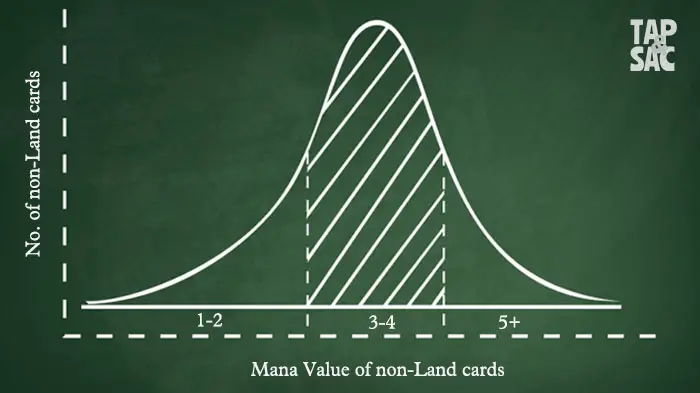
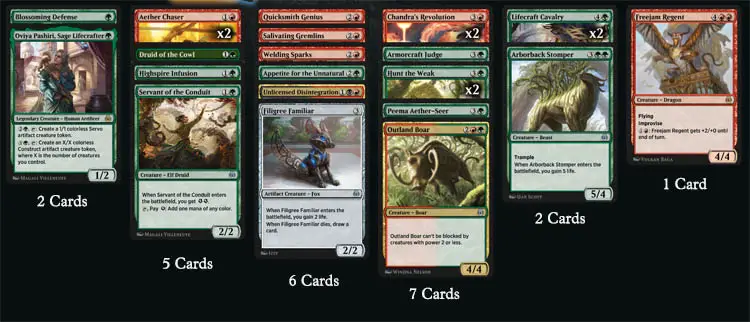
And the opposite is true if you pack your deck with mostly Creatures with high casting cost. You’ll be left defenceless in the early stages or the game, and by the time you cast your big blocker, your life total might already be too low and you can’t fend off multiple attackers with just one blocker.
Remember when we mentioned 17 Lands is optimum number to have in a deck of 40 cards? That’s because analysis has shown that it gives the best chance of playing Lands “on curve,” meaning one Land down on turn one, the second on turn two, and so on until turn four at least.
Thus when drafting your cards, do keep track of the distribution of Mana Value in the cards that you’ve picked. It should be a continuous process because if you realise towards the end of the draft that you are lacking in certain Mana Value cards, it would probably be too late to correct it.
5. Ensure Balance Between Creatures and Non-Creature Cards
You’ve achieved balance in your Mana Curve, now it’s time to do the same for card types. Apart from Lands, which are pretty much standard fare in Draft, the rest of the cards can be split into Creatures and non Creatures.
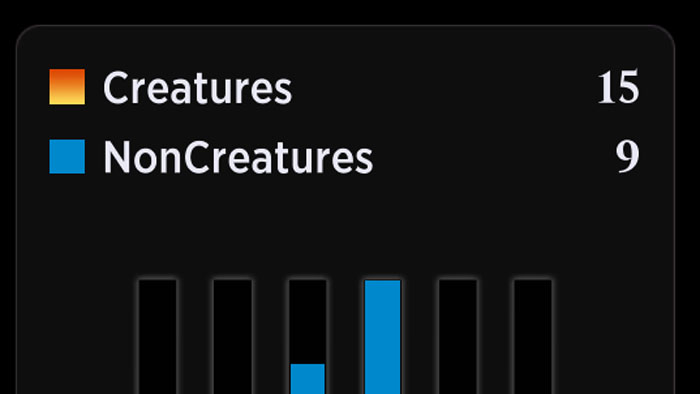
Creatures are more straightforward – everyone needs them to attack and block, since most Draft games are decided via combat. But why do you need nonCreature spells then?
Firstly, most removal or card draw effects come from non-Creature cards. There are also other non-Creature cards such as Enchantments and Planeswalkers that provide immense, long-term value and are not as easily removed as Creatures.
There is no hard and fast ratio between Creature and nonCreature cards, but a good guidelines would be around 10-15 Creatures, and around 8-10 non-Creature cards. You’ll need to adjust according to your deck strategy and archetype.
6. Find a Winning Strategy While Drafting
This one takes practice to get used to, but being successful in Draft starts from the very first card you pick from pack one. Your first few picks can help steer your deck strategy if you’re able to pick cards that synergise well with each other. This isn’t always the case though, as you might also be choosing cards that are just good standalone value.
It’s toward the end of the first pack where you should begin solidifying your deck’s winning strategy. Look at what cards you have and commit to a strategy. Once you’ve done that, the picking process becomes more streamlined and you’ll have less trouble choosing between cards. This is because your deck’s colours will also be set and you can safely ignore cards that don’t belong to those colours.
When drafting a card, always ask “does this fit/synergise well with the cards I’ve already picked?” If you can honestly answer yes for most of them, then you’re on the right track. Of course not every pick is going to be a winner, either because your colours aren’t available or all the good cards have been picked – that’s perfectly okay.
7. Don’t Just Rely on One Card
Speaking about strategy, don’t just rely on one powerful card as your win condition. There needs to be a backup plan of sorts, even a weak one is better than none. For example you’ve drafted Tiamat and a few other dragons, and while the dream is to cast the big 7/7 Tiamat and then a few more flying beasts, you should also have an alternate strategy in the event you don’t draw into Tiamat or are unable to cast it.
An alternate strategy could anything be using some form of direct damage such as Chandra’s Magmutt, or using some kind of evasion to get past the opponent’s defences.

Once I drafted Drizzt Do’Urden on my very first pick. It’s a really good card, but in the 7 games I played (4 wins and 3 losses), Drizzt never appeared once in my hand or on the Battlefield. Luckily my deck was not built all around him but on a green-white life gain archetype that can be pretty strong in its own right. If I hadn’t build that alternate strategy, I probably would have gotten way less than four wins.
8. Know When to Mulligan or Keep a Hand
Now that you’ve drafted your deck, it’s time to get into the games! And right from the start, you’re presented with a crucial and equally scary event – drawing your opening hand.
In Draft, having the right number and type of Lands in your opening hand can make or break your game. Imagine drawing only Mountains in your two-colour, (or worse, three-colour) deck. Some players might take a calculated risk and keep that hand, hoping to draw into the missing Land type.

Our recommended strategy is to play it safe and mulligan, which means to redraw a hand of 7 cards, but ending up with one less by putting a card at the bottom of your Library. There really is no worse feeling than not able to cast your spells either by not having enough Lands or having the wrong Land type, hence we would mulligan down to 5 cards if necessary just to get the right Lands.
Mulligan is an art, and we explore deeper here, and that can help you in deciding whether to mulligan or not.
9. Be Patient in Your Decisions and Moves
Unlike Constructed formats where you have a prebuilt deck that you’ve practised with a thousand times, every Draft deck is different. That means a lot of unfamiliarity and every situation is going to be completely different.
Here’s where you need to keep your cool and think about what is your best play at that particular moment. Should you cast a 3-cost card with all your Lands tapped, or cast a 2-cost card now and leave up a Land available for a 1-cost Instant that you might only use on the opponent’s turn? Small decisions like this can dictate the course of the entire game, and that’s why you should take as much time as needed to make your move.
There’s a bad trend we’re increasingly seeing in Draft, and that’s when your opponent like to make rushed moves, even if he or she isn’t playing a particularly aggressive deck. At that point you might feel some subconscious pressure to match his speed by playing just as fast. Don’t fall into this pit trap as making hasty decisions can often be a bad one, especially if you are not a seasoned Draft player. Even experienced players know to think through their actions rather than make quick but sub-optimal decisions.
10. Keep Your Hand Secret As Long As Possible
In Draft, the margins are thin and the difference between a win and a loss can rest on one or two key moves. So in order to have as much of an advantage over your opponent, it’s best to keep cards in your Hand as long as possible. Think about it: these are cards that you know and can deploy, while your opponent has no confirmation of what those cards are.
An opponent who is emptying their Hand quickly could be playing an aggressive deck and putting all their chips on the table, but it also leaves them vulnerable because you now know they have no options against the cards you’re about to cast.
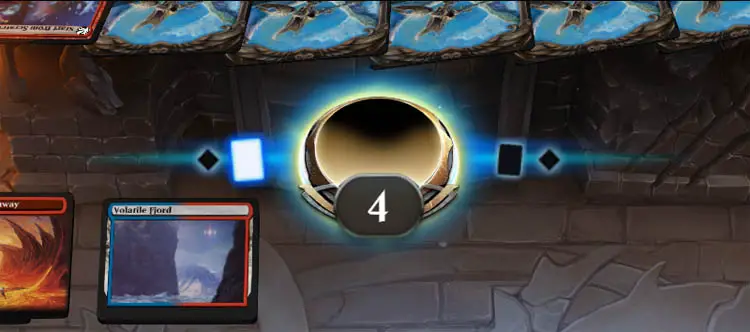
By keeping cards in your Hand, you’re sowing a little bit of doubt into the opponents’ mind. They’d be unsure of whether to cast their big play now and risk being dealt with, or waste a turn and do nothing. Keeping your Hand secret is also great for combat tricks, and that’s where you can gain some value over the opponent by holding a pump spell like Giant Growth that can save your Creature while killing off two of theirs that blocked it.
11. Leave Your Top and Best Cards to the End
Now that you know that keeping cards in Hand is a good tactic, then the natural progression is to keep your best cards as the last ones to cast. Let the opponent answer or remove your less important cards as you cast them.
There are times when you do need to take the plunge and cast your trump card early to gain maximum value. For example, Nadaar, Selfess Paladin could be your best card in the deck, and it’s wiser to cast it early on turn three to start netting some value. Yes there’s a chance he could be immediately removed by the enemy, but games often don’t exactly to plan and that why as you were planning your game strategy during the drafting process, you need to have some kind of backup plan.
12. Play When There are No Potential Distractions
While some might say this is true for any game on Arena, in Draft this takes greater importance because there’s a buy-in involved. Even in Quick Draft, you’ve paid some Gold to play, and in Traditional and Premier, that could be Gems. Ultimately you’re there to win as often as possible and bring home the big prize.
As we’d mentioned above, every play in a Draft game matters a lot. If you’re pulled away for just one turn for whatever reason, you could have just lost the game. But real life happens right? To reduce the chance of distractions, try playing when it’s quiet, either at night or when you’re alone.
13. Take breaks in Between Games if You Need to
The best part about playing Draft on Arena is that you don’t need to finish all your games in one sitting. Unlike Draft in paper Magic, in Arena you can choose to draft your deck on day 1, play couple of games on day 2, and perhaps finish the rest a week later. This is truly a great advantage in Arena because Draft games can be long and especially draining mentally as you consider the myriad options each game, and remember no two games are alike.
Hence for less experienced players, it’s a good experience to take breaks in between games to rest and rest your mind if you need to. Try not to rush into the next game when you’ve just lost a frustrating game and feel compelled to get another win. Trust us, we’ve all been there and often it doesn’t end well. Heated decisions aren’t usually good in Draft and you could easily end up 0-3 in an event that you hoped to get 4 wins (the average win-rate).
14. Save Your Deck and Get Feedback for the Next Draft
No player – even Mythic ranked – is perfect, and after each Draft session, it’s always good to reflect on how you can improve, from both the picking process as well as gameplay decisions. Let’s look at a real life case study – a 7-2 Quick Draft session with the Adventures in the Forgotten Realms set. Here is the deck list:

Apologies we are unable to show the drafting process, but one of the early picks was Charmed Sleep, a decent removal Enchantment in Blue. Dragon’s Fire was also an early pick in pack 1. Despite picking several other cards of other colours, it was in pack 2 that a commitment was made to blue and red because of better removal options.
Picking multiple Brazen Dwarf and Hoarding Ogres already has good synergy on paper, but more die rolling abilities were needed. Farideh, Devil’s Chosen was a lucky pick in pack 3.
What could have been done better in the drafting process? It would have been better if the die-rolling synergy was more apparent at the start. But during the draft, the colours and archetypes were all over the place and is not something one can control. After playing the 9 games (7 wins, 2 losses), Guild Thief turned out to not be as effective in this deck. It was much more difficult to put +1/+1 counters on it unless it was really late in the game where you had plenty of Mana to give it “unblockable.”
Barbarian Class and Hoarding Ogre were two of the most outstanding cards, as they combo together to creature Treasures plus give the giant Menace and +2/+0. Perhaps what was lacking was either the Red Dragon or Blue Dragon as a top-end finisher. This deck was lacking in Flyers and one of the losses came from a Hoarding Ogre enchanted with Fly.
After each Draft, save your deck list, and at least look through it once. Ask yourself “what could have been improved,” or “what misplays did I make in matches?” In one of the games, I played Aberrant Mind Sorcerer without having an Instant or Sorcery in my Graveyard, and without one the die roll will not trigger. I Although the game still ended in victory, it also could have gone the other way.
End Step
While there is no exact formula for getting 7 wins in MTG Arena Draft, these are tried and tested steps everyone can take to one day reach that stage. If you have any questions or doubts along the way, Tap & Sac is always here to help – drop us a message at lets@!

